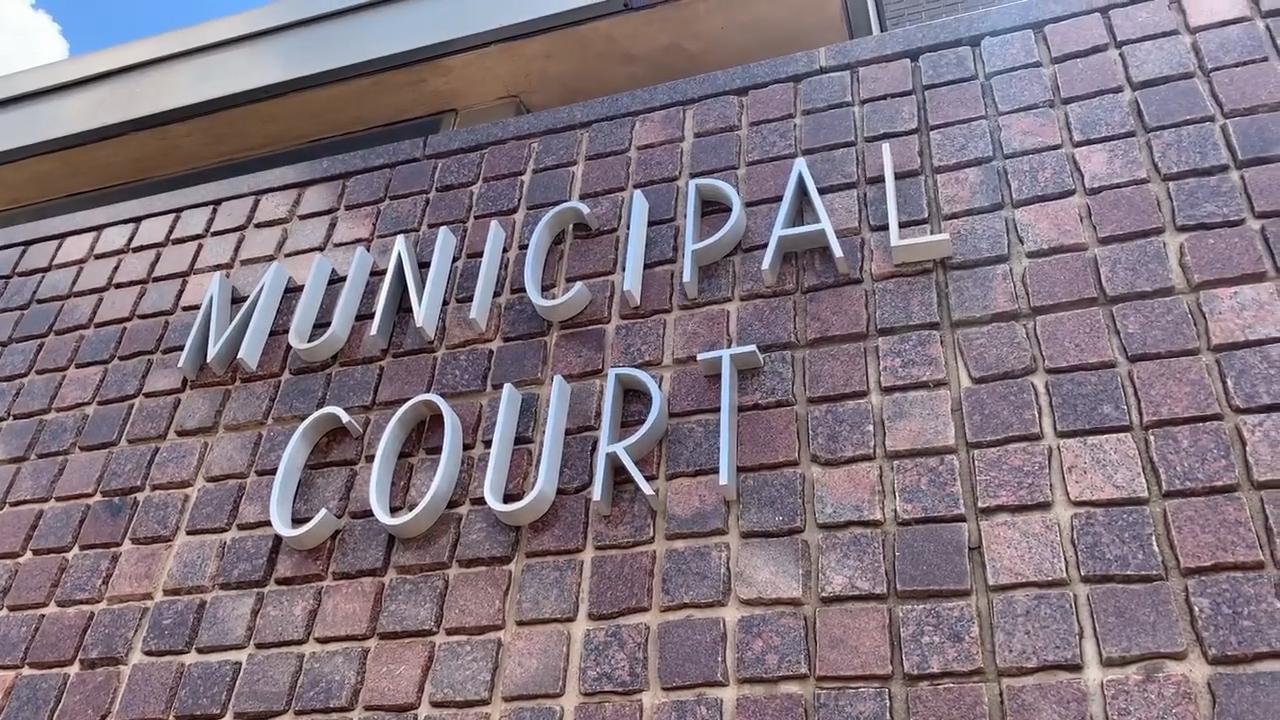Do you want more inner peace? To feel less stressed and anxious? And be happier? This week’s Intentional Living we talk to a certified meditation teacher about the basics of meditation.
Rachelle Atkinson is a certified IRest meditation teacher and she tells us meditating is, “as old as spirituality is, as long as we’ve been reflecting on the nature of the universe and the nature of their lives.”
The ancient practice is good for both the mind and the body. “Meditation can help us balance the two branches of the nervous system. It can toggle down the fight or flight response and toggle up the rest, relax, and heal branch of the nervous system. When it affects stress, it affects blood pressure, cardiovascular health, mental health, mood. Meditation affects the structures of the brain in positive ways. It actually gives increased capacity for focus, attention, learning and memory, while decreasing the space that is absorbed with anxiety.” Being in a meditative state can cause what is called the relaxation response.
Rachelle says, “meditation is very similar to a good nights sleep, so it’s still a calming restorative state to be in. As well as one that can provide insight and a pause and internally self reflect.” Giving us time to pause and to remember we are always connected. Atkinson explains the basics of meditation, beginning with a mantra.
“A mantra is a tool often it’s a syllable or word that’s familiar or has a sacred sound or that has a resonance for you that is comforting and it’s repeated over and over as a way to train the attention so we are more present. The simplest mantra is actually the breath because it’s always here and you can learn to tune into it and just feel it coming and going.”
Rachelle says that keeping your mind focused on your breath and from outside influences for as short as five minutes a day. After about a week you will start seeing results. Stating, “meditation deepens as you practice, so it’s a practice in increasing self awareness and that’s just something that takes practice, then at the ultimate end of the spectrum it’s spiritual inquiry. Who am I, what am I doing here?
You can find out more information by logging on to Rachelle’s website by clicking here.



























